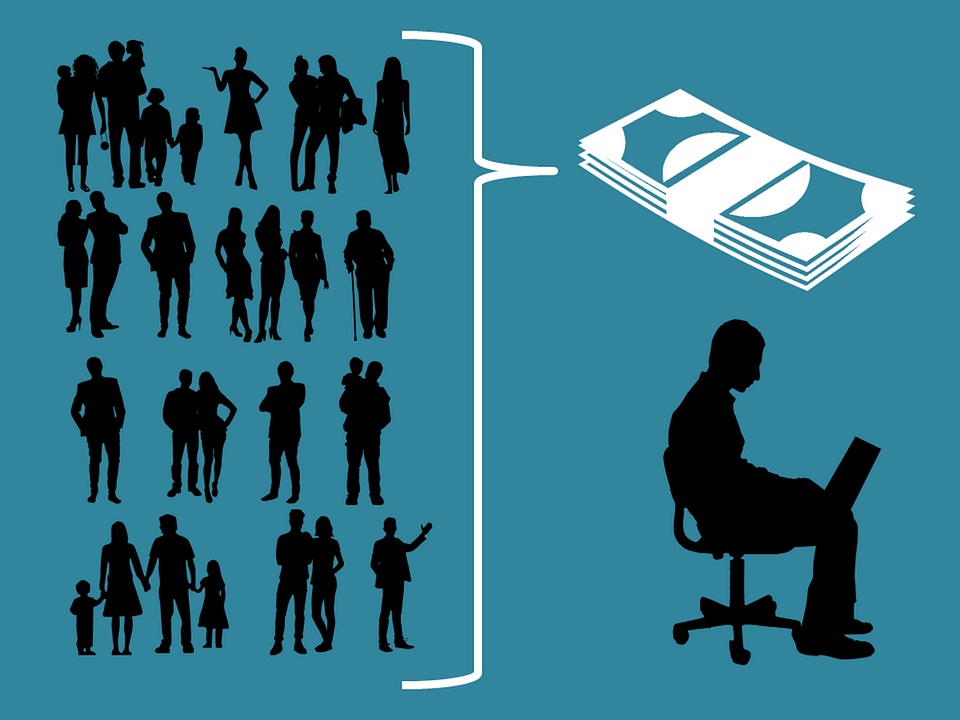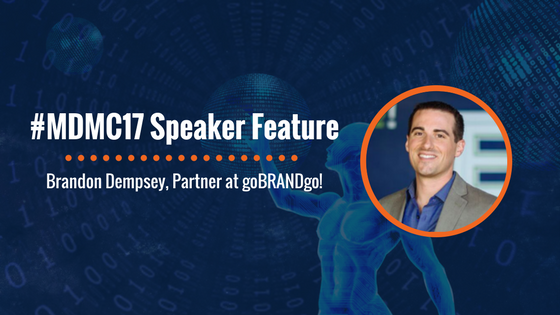By: Katelyn Chostner, Kyle Eggering, Patricia Knight, & Sarah Thomas
UMSL enthusiasts! Ever wonder who helped mold your digital curriculum at UMSL over the last five years? Meet April D. Mullen, an email expert and current Director of Consumer-First Marketing Adoption at Selligent Marketing Cloud. She has been with UMSL since 2014 as an adjunct professor and is a recipient of the prestigious 40Under40 award by DMN! We sat down with April Mullen to talk about her experience in email marketing, industry predictions, and her time with the UMSL Marketing Advisory Board.
You are no stranger to UMSL, can you tell us how you’ve helped shape our digital curriculum?
When the program initially started over five years ago, Dr. Drake asked me to lead the curriculum committee to ensure the program was meeting the needs of the market. I did competitive research and also took a pulse of what CMOs were looking for in terms of filling their rosters. Additionally, having prior brand side experience, I had a good idea of the skills needed to do the jobs. From there, we kept adding courses and even removing some as they became less relevant. While I no longer lead the curriculum committee, I do still participate in conversations about the course offerings. I love what this program has done to bring a digital curriculum to the St. Louis area and that’s why I continue to be a part of it. Our community is better positioned for the future as a result of UMSL and Dr. Drake starting this program.
We could say April Mullen knows a thing or two about email marketing. What’s your story? Were you always an email marketing champion?
I’ve been doing email marketing since the early days of my career 12 years ago. I was more of a practitioner role initially, producing campaigns and coding emails. I have evolved into a strategist over time. I have long been a huge advocate for email marketing because it is the only universal app, which has made it immune to the corporate bureaucracy and limitations that have faced other mediums like social media. (Look at the privacy concerns eroding Facebook.) In fact, The Wall Street Journal just produced a piece on email marketing called “The Hot New Channel for Reaching Real People: Email.” Email marketers like myself have long seen the value driven by email for a long time. I’m excited to see broader respect for the channel now.
In 2018, you were named one of the DMN’s 40Under40. Congratulations! What was that like?
It was surreal. It didn’t feel like reality until I went to NYC to receive the award along with others named to the list. It was then that I realized how profound of a moment it was in my career.
What will be the biggest focus in 2019 for email marketing?
In 2019, we’ll still be focused on things like segmentation and personalization as data ecosystems that power these strategies gain more sophistication. We’ll also be looking at jaw-dropping capabilities like kinetic and interactive features, such as image carousels, in-email conversion, video and other exciting elements that weren’t possible before HTML5. You’ll see more emails in the inbox that operate like a webpage, essentially. I think AI will take center stage as well when it comes to optimizing email’s capabilities. In fact, I’ll be speaking about AI at MDMC this year.
UMSL students typically get a lot of emails, for better or worse. Do you have any tips on managing the inbox?
I am an expert in getting emails to the inbox. I’m afraid I don’t have any advice on how to manage the inbox, though (Laughs). If anyone has any tips, I’d love to hear them!
Be sure to check out April Mullen’s interview with DMN News for a closer look at her career and future goals!








 Live Streaming has become a buzzword of late, but the history can be traced back to the late 90’s and early 2000’s when computing power became cheaper and powerful. The
Live Streaming has become a buzzword of late, but the history can be traced back to the late 90’s and early 2000’s when computing power became cheaper and powerful. The 



